Florian Ledoux’s arctic photos illustrate the effects of climate change
 |
About this photo: This image of people rowing through chunks of glacial ice was a semi-finalist in Red Bull’s Illume competition.
Chances are, if you follow what’s happening in the world of photography, you’ve already seen at least one image taken by French photographer Florian Ledoux. His work has won multiple awards, has been published in major magazines including National Geographic, and was recently on display at the Louvre Carrousel in Paris. Ledoux took a big risk, several years back, and left his 9-to-5 job to pursue photography full-time. His involvement with the Arctic Arts Project is what made his images stand out to an international audience.
I got a chance to interview Ledoux and discover what inspired him to start documenting the effects of climate change. Florian will be leading a guided photo tour through East Greenland next September. To learn more, contact him through his Facebook page.
What inspired you to get involved in the Arctic Arts Project?
I love the polar regions of the planet for their immense landscape and nature, which remains wild and almost untouched by human activity. You can sail, hike, and explore for several days or weeks without witnessing any sign of human presence. The scale of those landscapes where incredible species live is what draws me there. I was deeply touched while I took my first journey above the Arctic Circle when I was ten years old, with my parents, and this feeling is something that is still growing in intensity as I explore further.
As I got into photography, it came naturally that my work has to serve science and conservation. The Arctic Arts Project aims to work together with scientists and conservationists. The main idea is that they have the data and we have images to combine to better communicate to the public and leave a stronger impact. In March, for example, Jason Box and other researchers published a meta study gathering 35 years of data on climate change in Greenland — from temperature increases to sea ice loss, from shifts in the tundra to land ice loss.
Two months later, in May, Arctic Arts Project photographers went to Greenland to see exactly how those changes are playing out in real time. We captured images of early flora bloom, of dissolving sea ice, and the ice sheet melting. The Arctic Arts Project presented the findings from our May expedition to Greenland to the IUCN (International Union for the Conservation of Nature). Here is a video of the presentation, if you’d like a better look at what we found and some thoughts on the changes in Western Greenland and the world.
What message would you like to convey to people who don’t believe climate change is real, based on your observations?
Nature is everything to me, it is the place where I feel connected to the rest of the world. Nature is the place where it all makes sense, the place where we find all the answer about life. It feels like it is where it all began! These are our origins. Not only do we come from nature, but we are part of this complex ecosystem – the mysterious equation called LIFE.
When I find myself in the remote Arctic, co-existing in harmony with the wildlife that calls it home, I know that this is where everything makes total sense. I know it because I feel it deep within myself. It is a deep vibe that consumes my body and soul in its entirety. At this moment, the urge to create an image that I would remember for the rest of my life with a strong message to protect it comes naturally to me.
What inspired you to incorporate a drone into your workflow?
The bird’s eye perspective a drone provides has become a major part of my work. It started as I was always seeking a new way to show our planet. Drones are a revolution, allowing us to capture images that wouldn’t have been possible with and helicopter. Drones are also much more eco-friendly.
I believe in, and aspire to bring, a new perspective of capturing wildlife we already know well from traditional photography. I believe these images allow us to observe and document patterns from a new angle and approach, revealing the animals in their entirety as well as in a wider habitat and landscape, in a way not before possible. Using a drone has provided a new way of learning about the white Northern part of our planet. Drones need to be used with care and ethics, especially when it comes to documenting wildlife. The same principles apply for a normal wildlife photographer, no one should run toward the animal or disrupt their habitat.
Any final words of advice?
Air Iceland Connect changed my life. In June 2017, I got an opportunity to embark on a sailing expedition from Greenland to Nunavut. Many of us have this life where we are stuck in a 9-to-5 job with excuses not to do things we love. So I quit! I quit my stable life, quit my job, I quit holding myself back, and feeling trapped with not being who I would like to be. I followed my heart, my passion. I now have the most beautiful life I could imagine. In the end, all I want to say is this: Live and don’t let anybody tell you that it is not possible to follow your dreams.
Crabeater Seals resting on the ice in Antarctica
 |
About this photo: Here is a group of crabeater seals resting on the ice in Antarctica early in the morning after a feed during the night. They mainly haul out onto the packed ice in early Spring where they form small family groups consisting of a male, female, and pup. According to some studies, most haulouts are shorter than 24 hours without change through the seasons. However, the timing of haulouts shifted during the study period. After midwinter, the pattern shifted with haulouts starting in the morning and ending in the late afternoon.
Gear and specs: DJI Phantom 4 Pro +; f/7,5; ISO: 400; Shutter Speed: 1/1000 sec
Polar bear leaping the ice during summer in Canada
 |
About this photo: It has been a year seen the Canadian government and Nunavut agreed on creating a Marine Protected Area in the Lancaster Sound called Tallurutiup Imanga. It is also a year that I captured this beautiful image of the polar bear leaping the ice with its message on climate. Since then, the image has traveled a lot all around the world.
I am so grateful to everyone that understands the importance of my work, to help conservation efforts in the Arctic. I believe visual images connect us to nature, it helps us to better understanding the planet where we live and make the right decisions. My hope for dear future generations is that you will be able to witness what we see now.
In 2016 only 4.7% of the Arctic’s marine areas were protected. Hopefully, the target of 10% by 2020 will be reached but progress is too slow. Polar bears need the ice not only to hunt but to rest and live.
Gear and specs: DJI Phantom 4 Pro+; f/8; ISO: 100; Shutter Speed: 1/640 sec
Glacier calving in Antarctica last December
 |
About this photo: I have seen beautiful things in my life but I have never seen such a thing as crazy as Antarctica, a place so hostile, so powerful but so fragile. When I lose the words, moved by this beauty of the world, the photos to come will take over what I can not articulate.
This expedition was amazing, with its ups and downs, extensive hours of work, short nights, 11,250 photos taken, 1TB of video stored, a furious sea on our way back, but what images I managed to capture!
Gear and specs: Nikon D5 with 60-600mm 4.5-5.3 lens; f/6.5; ISO: 360; Shutter Speed: 1/1000 sec
A polar bear at the edge of the ice during summer in North Canada
 |
About this photo: Where am I going next, asked a guy when I met him on my journey in 2017? There was almost no ice left in the Lancaster Sound and the area. As the sea ice declines, industrial activities such as fishing, shipping, mining, and drilling are expected to expand Northward. But I believe in a world where humans are able to learn from nature and reconnect with it. I believe in a world where polar bears will still be among us and will not be just a memory from the past.
Gear and specs: DJI Phantom 4 Pro+; f/8; ISO: 800; Shutter Speed: 1/100 sec
Huge iceberg from the glacier of Ilulissat in Disko Bay, West Greenland
 |
About this photo: This image was captured in Ilulissat, Greenland, on an expedition last December. I am honored to be part of the Arctic Arts Project team. I joined three other incredibly talented photographers to work together on capturing images in this region. In light of new scientific findings on the effects of climate change in the Arctic, our team also traveled to Western Greenland during the Arctic springtime, as several critical elements of change are evident only during this time frame.
Gear and specs: Nikon D5 with a 60-600mm 4.5-5.3 lens; f/8; ISO: 640; Shutter Speed: 1/2500 sec
The sun sets on icebergs that calve from Sermeq Kuuatdleq in Ilulissat
 |
About this photo: It was a magical night but hard work as I was trying to fly blindly in the thick mist. This was one of the last sunsets in the area before a long period of the year. It set the sky on fire while my drone was navigating through the large piece of icebergs that calve from Sermeq Kuuatdleq in Ilulissat.
Gear and specs: DJI Phantom 4 Pro+; f/4.5; ISO: 100; Shutter Speed: 1/120 sec
Gentoo penguins collecting rocks
|
|
About this photo: Gentoo penguins are ground-nesting birds. They collect rocks from the beach that they bring on the hill to build the nest, or sometimes give it to their neighbor. The way back from the beach is long and other penguins will come and try to steal it when they arrive close to the colony.
Gear and specs: Nikon D5 with a 60-600mm 4.5-5.3 lens; f/8; ISO: 360; Shutter Speed: 1/640 sec
Aerial view of the sea ice in formation on the East Coast of Greenland during winter
 |
About this photo: Here is an aerial perspective of the sea ice formation in East Greenland. This image won 3rd prize at the international contest of drone photography, 2017, organized by National Geographic and Dronestagram.
Gear and specs: DJI Phantom 3; f/2.8; ISO: 131; Shutter Speed: 1/25 sec
Crabeater seal resting on the fast ice of Antarctica in December
 |
About this photo: This is a crabeater seal resting on the fast ice of Antarctica in December. The crabeaters do most of their feeding at night (typically between 9:00 – 10:00 pm). They can dive as deep as 430 meters although feeding dives are usually around 30 meters.
Gear and specs: Nikon D5 with a 60-600mm 4.5-5.3 lens; f/10; ISO: 300; Shutter Speed: 1/800 sec
Articles: Digital Photography Review (dpreview.com)



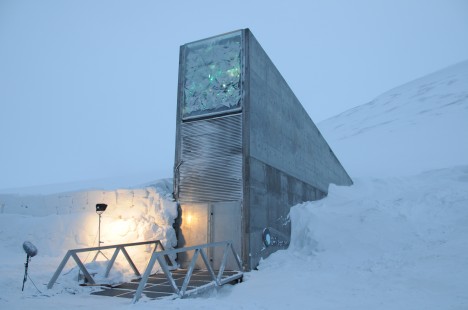
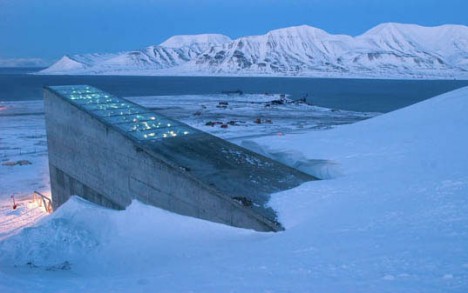
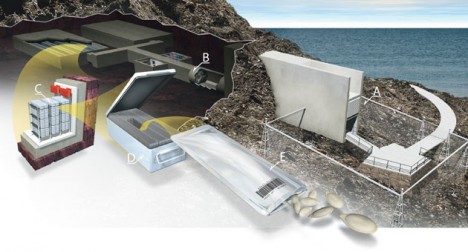
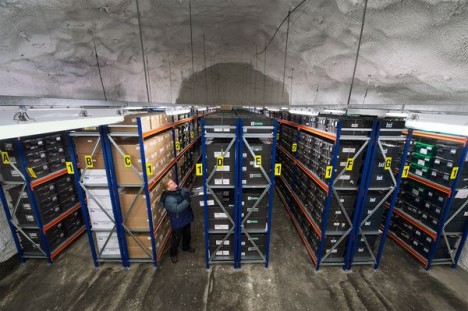
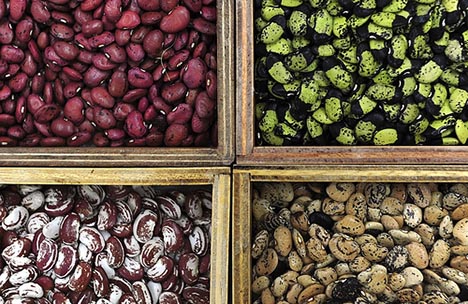
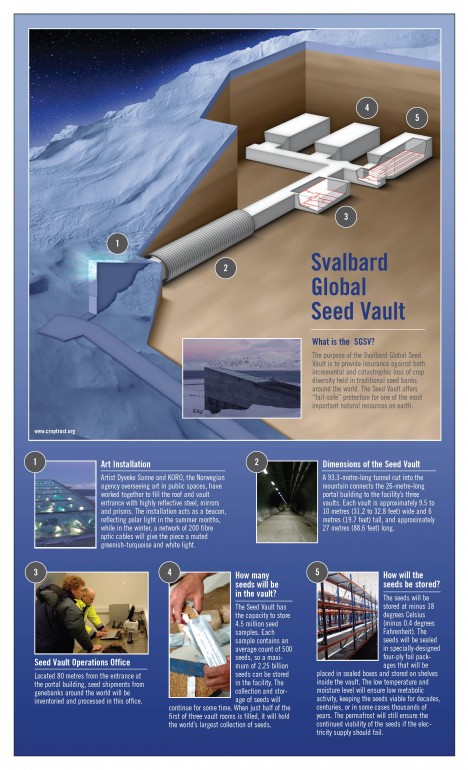
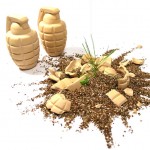
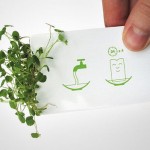
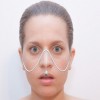




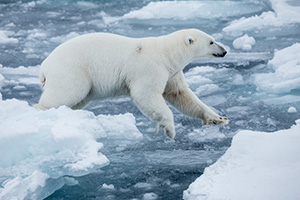
You must be logged in to post a comment.